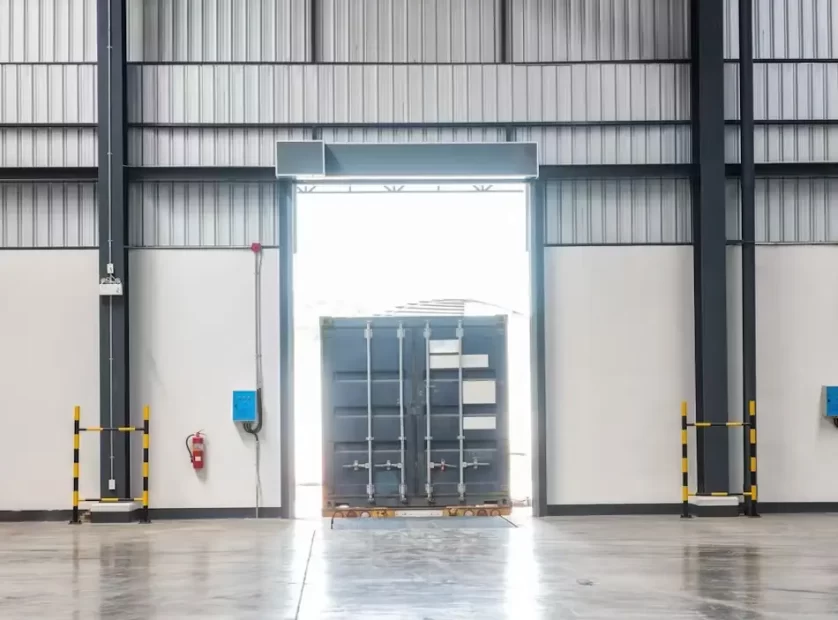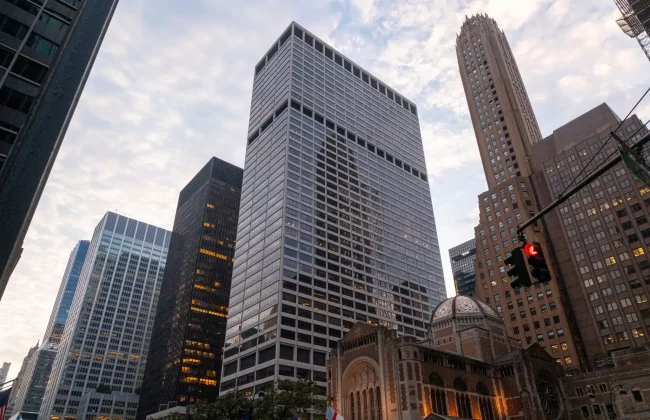Ever walked past a huge building—maybe a hospital, a skyscraper, or a government office—and wondered how they lock all those doors? It’s not like they carry around a giant ring with hundreds of jangling keys. That would be wild… and really annoying.
The truth is, big buildings have smart ways to stay locked down, and they use systems that make regular house keys look kind of outdated. It’s not just about locking a door—it’s about controlling who can get in, where, and when. Let’s break down how that works.
Why Regular Keys Don’t Work for Big Places

Imagine if every staff member at a university needed a separate key for every room they used. Teachers would need keys for their classrooms, the staff room, maybe even the copy room. Now imagine hundreds of people doing that. You’d need a massive key storage just to keep track of it all. And if someone lost one? That could be a major security issue.
That’s why bigger buildings don’t rely on regular keys. They use smarter, layered systems to keep things secure and organized without making things complicated for everyone who works there.
The Magic of Master Key Systems
One way they keep it simple is with something called a master key system. It’s kind of like having one key that opens several doors—but not everybody has it. Here’s how it works:
- The janitor might have a master key that opens every door on the floor.
- A manager could have a master key for their department’s offices.
- A regular employee might only have access to one room or area.
It all depends on their role and what they actually need to access. It’s way more efficient, and way less risky, than handing out a bunch of separate keys. Still, even master key systems need to be carefully managed—because if the top-level master key falls into the wrong hands, the whole building could be at risk.
Digital Locks Are the Real Game-Changers
Now here’s where things get really cool. More and more big buildings are moving away from keys altogether. Instead, they use digital locks and access control systems. These might look like keypads, card scanners, or even fingerprint readers. People just swipe a card or enter a code, and boom—the door opens. No key needed.
What makes this super useful is how flexible it is. Let’s say someone quits their job or loses their access card. Instead of changing all the locks, the building manager can just deactivate their access in the system. Done.
This also means doors can be scheduled to stay locked or unlocked during certain hours. For example, a main lobby might unlock during business hours and automatically lock after hours.
And if anything goes wrong—like someone trying to force a door open—the system can send an alert right away.
What’s a SCEC Locksmith, and Why Do Big Places Use Them?
When it comes to serious buildings, like government facilities or data centers, regular locksmiths aren’t always enough. That’s where a scec locksmith comes in. These are security pros approved by the Security Construction and Equipment Committee (SCEC) in Australia. They’re trained to follow strict rules and handle secure installations that meet government-level standards.
If a business or agency needs to install high-security locks, especially in places that deal with sensitive information or equipment, they’ll call in someone certified at that level. You can learn more or find a qualified scec locksmith if you’re managing a site that needs expert security help.
These locksmiths don’t just install locks—they check everything. That means making sure the door frames are solid, the locks can’t be picked or forced, and the entire setup follows government security guidelines. It’s next-level stuff.
What Happens When You Need Different People to Access Different Areas?

Let’s say there’s a research center. Some areas are for general staff, some are for scientists, and some are for top-level execs. You don’t want everyone going everywhere.
With access control systems, building managers can create permission levels for different people. So:
- Staff can get into the break room and main work areas.
- Scientists can also enter the lab areas.
- Only top-level staff can get into secured data storage rooms.
All this is handled using access cards or codes. If someone’s job changes, their access can be updated right away. No key swapping, no headaches.
Backup Plans and Emergency Situations
Okay, but what if there’s a fire or power outage? Don’t worry—these systems are designed for that too.
Most digital locks have fail-safe or fail-secure modes:
- Fail-safe means the door unlocks if power goes out. This is usually used for emergency exits.
- Fail-secure means the door stays locked even without power. These are for places that must stay protected no matter what.
And if the building needs to be evacuated, certain systems let security unlock all doors instantly to help people get out quickly and safely.
Security Isn’t Just About Locks
Even the best lock system won’t help if people leave doors open or hand out access cards to others. That’s why big buildings also use:
- Surveillance cameras to monitor who’s coming and going
- Security audits to check for weak spots
- Alarm systems for extra protection
And of course, regular training to remind staff to keep things secure—like not propping open locked doors or sharing entry codes.
Why This Matters for Businesses
You might think all this sounds kind of extreme. But for big businesses or sensitive areas, the risks are real. Data theft, break-ins, or even just unauthorized access can cost a company thousands—or worse.
Having a smart, well-managed lock system helps stop that before it starts. And because everything is connected and trackable, it’s way easier to handle problems fast when they pop up.
Plus, it saves time. No more hunting down lost keys or rekeying every lock when something changes.
Wrapping It Up
Big buildings don’t need a million keys because they use smarter systems to stay secure. Whether it’s a master key setup, digital access control, or a certified locksmith handling high-security areas, the goal is the same: keep people safe, protect what matters, and make life easier for everyone who works there.
It’s not about being fancy—it’s about being smart. And for any business looking to upgrade, it’s worth learning how the pros do it.
Got a building to manage or just curious how to improve your own setup? Think about what’s really keeping your space secure. There’s probably a better way to do it.

